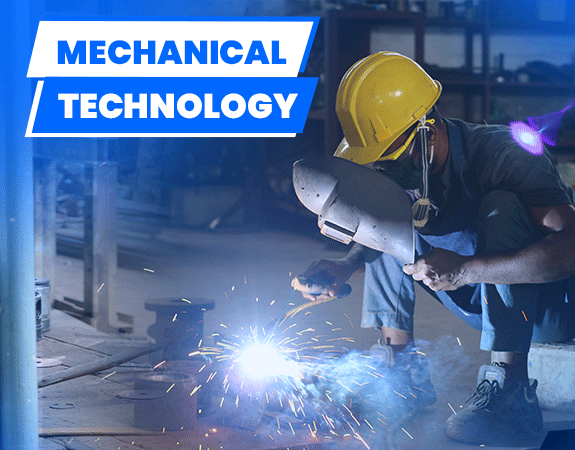How to Maximize Your Diploma Industrial Attachment Training Experience

A diploma industrial attachment offers students a chance to bridge the gap between academic learning and real-world work. To truly benefit from this experience, it's essential to go beyond just showing up – be prepared, be proactive, and aim to gain as much as possible from this hands-on learning opportunity. Here are some key steps to make the most of your industrial attachment:
1. Define Your Goals
Start by setting clear, realistic goals for your attachment. Think about the skills you want to develop, industry knowledge you want to gain, and the kinds of experiences that will be most useful in your future career. Having these goals in mind will help guide your actions and keep you focused.
2. Do Your Homework
Before your first day, research the company or organization where you’ll be interning. Understand its mission, key products or services, and any recent news about the industry. Knowing more about the organization will help you fit in and may also impress your supervisors.
3. Show a Positive Attitude
Treat your attachment like a full-time job – be punctual, responsible, and enthusiastic. Show respect for everyone you work with, and approach each task with a positive mindset. A good attitude goes a long way and helps create a favorable impression on colleagues and supervisors alike.
4. Communicate Effectively
Communication is key in any workplace. Practice active listening, clarify instructions if needed, and ask questions if something isn’t clear. Keep your supervisor updated on your progress and don’t hesitate to ask for feedback to improve.
5. Be Adaptable
Workplaces are dynamic, and sometimes tasks might change on short notice. Be willing to adapt, take on new challenges, and learn from them. Whether you’re asked to assist with a project outside your usual tasks or learn a new tool, flexibility will help you grow and develop a well-rounded skill set.
6. Focus on Building Connections
Building a professional network during your attachment can be incredibly valuable. Engage with your colleagues, attend events if invited, and show genuine interest in the work. Connections you make now can become future mentors, references, or even job opportunities down the line.
7. Document Your Progress
Keep a journal or log of your daily experiences, key tasks, and any accomplishments. Regularly reflect on what you’re learning and areas where you can improve. This documentation will not only remind you of your achievements but will also be useful when updating your resume or preparing for future interviews.
8. Master Time Management
Prioritize your tasks and set deadlines for yourself. Stay organized and avoid procrastination. Effective time management allows you to meet deadlines efficiently and leaves room for additional learning experiences.
Final Thoughts
A successful industrial attachment is built on preparation, adaptability, and active engagement. Make the most of your time by setting goals, being professional, and embracing every opportunity to learn. Your industrial attachment is not just a graduation requirement; it’s an invaluable stepping stone to your future career.















0 comments